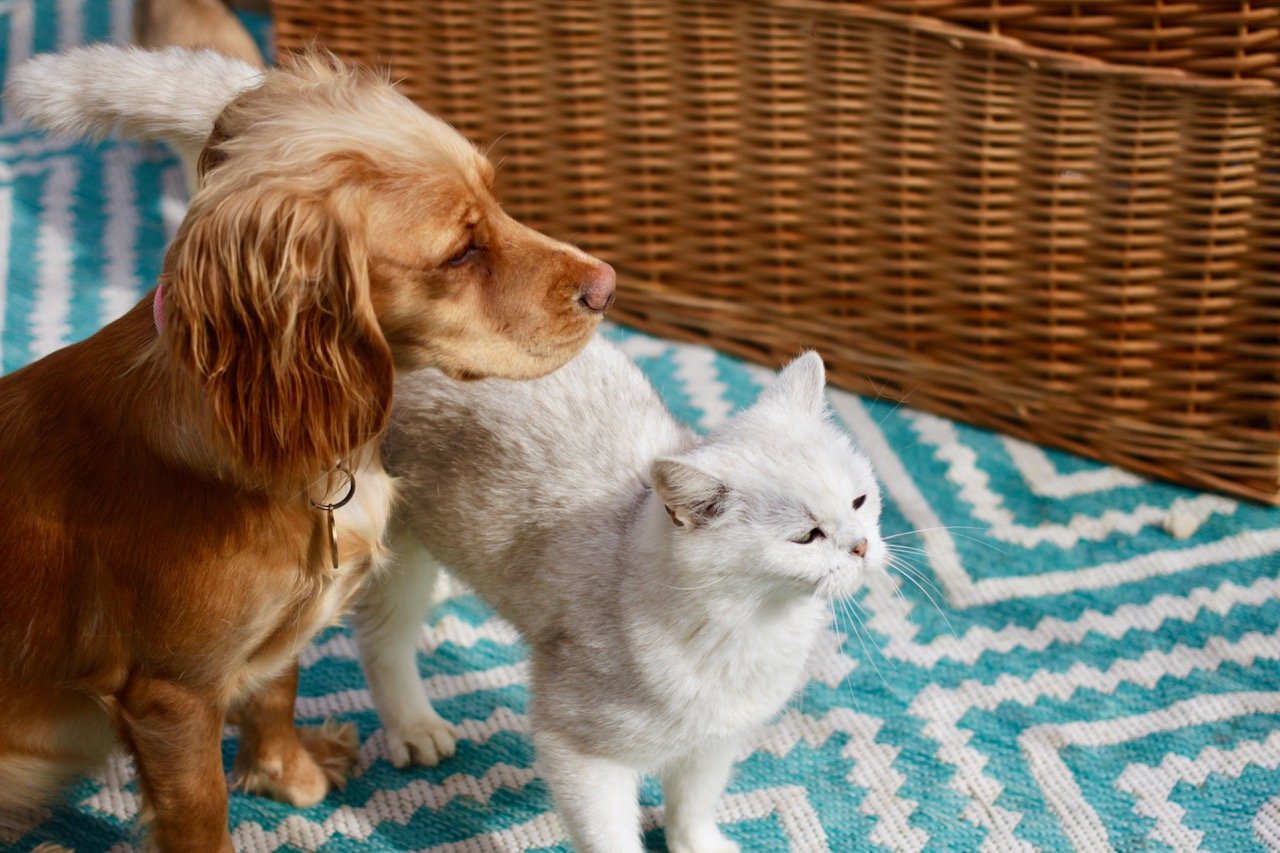Introducing Your New Pet to Family and Other Pets
You’ll be very excited to welcome your new pet to your household. How you approach this will benefit the long-term relationship your pet will have with you and all those they meet along the way.
Getting time to know your pet first
Moving home is a big experience for a pet cat or kitten, they will need time to adjust to your new routine and environment. Having a secure area which is not too big to begin with will give your pet confidence and time to get to know you.
Building a bond is quicker and easier in an area a cat knows, it takes less time to get to know one room than a whole household and so the process of it getting to know you will commence sooner.
Guided by Smell
Cats are guided by smell, they sniff their new environment and learn where things are from navigating your home and sniffing around.
Letting your cat sniff your hand and clothes is a way they build confidence in you.
Giving your new pet time to sniff around when they feel safe and secure is very important. This would usually happen after you go to sleep when the house is calm, quiet and still. Please ensure there’s a safe space for your pet to explore once you are in bed.
Play
Playing with your pet is an excellent form of bonding. It’s hard for a cat to resist a good feather teaser and eventually will want to chase it or tap it. Chasing a ball and learning to play fetch is something you both will love to do together.
What about other cats or dogs?
While your pet lived with us it experienced friendly, happy, dogs and cats, who didn’t take too much notice of them, other than a sniff or a cuddle on the sofa. So their experience of other pets is already positive and keeping the trusting safe feeling is important.
Let your pet cat smell your other pet from your clothing and keep them separate for the first few days on the other side of a door. This will give your pet cat the time to adjust to the other noises, behaviour and smell. It also will normalize the smell and introduction of a ‘new’ pet to your existing cat/dog, who might feel a bit unsettled by them.
What about a new puppy?
While it’s being toilet trained you may be constraining your new puppy overnight in a crate or separate room. These time out periods will give your cat space too. So it does make it easier.
The only thing to consider is making sure the puppy does not pee on your floor in a regular place, your cat might see it as a sign of territory marking and want to pee on top.
This product is the best urine neutraliser we’ve found as it breaks down the urine enzymes. Dilution for heavy soiling is 1 part neutraliser to 1 part water
5L Pro-Kleen Multi-Purpose Deodoriser Sanitiser and Cleaner
Food sharing is another thing to consider. Putting the cat’s food on a higher surface, which the dog can not reach, is advisable because cats like to graze throughout the day; which makes irresistible treats for a dog!
I’m sure they will be sharing beds before the end of the year!
Notes:
· Each interaction experience is unique, keeping them safe and secure with each new introduction, including guests, is important.
· Hiding is normal, the usual spots are behind a fridge, under a sofa or bed.
· Keep in mind the litter tray should not be too far away for easy access and preferably where it is intended to remain.
We recommend reading the Royal Canin Guide to introducing pets.












